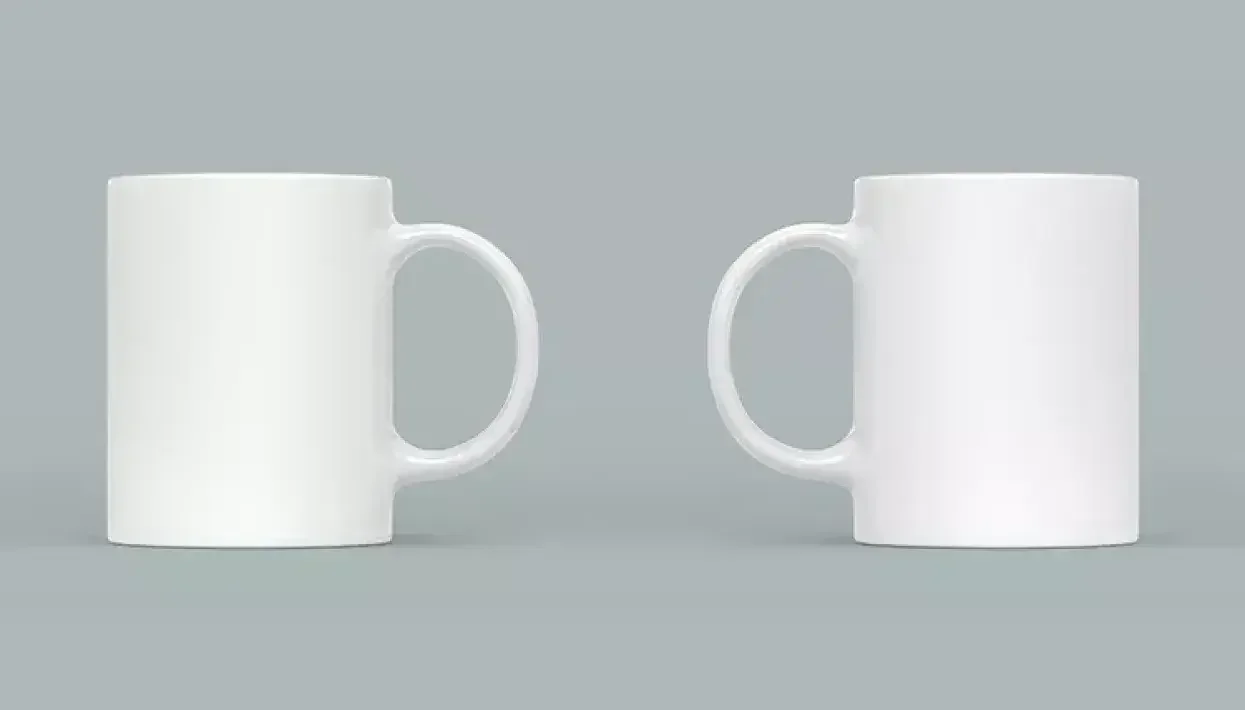Sublimation Printing
How to dye sub onto rigid products
Author
FESPA Staff
Published Date
28/03/2023
Become a FESPA Member
to Continue Reading
